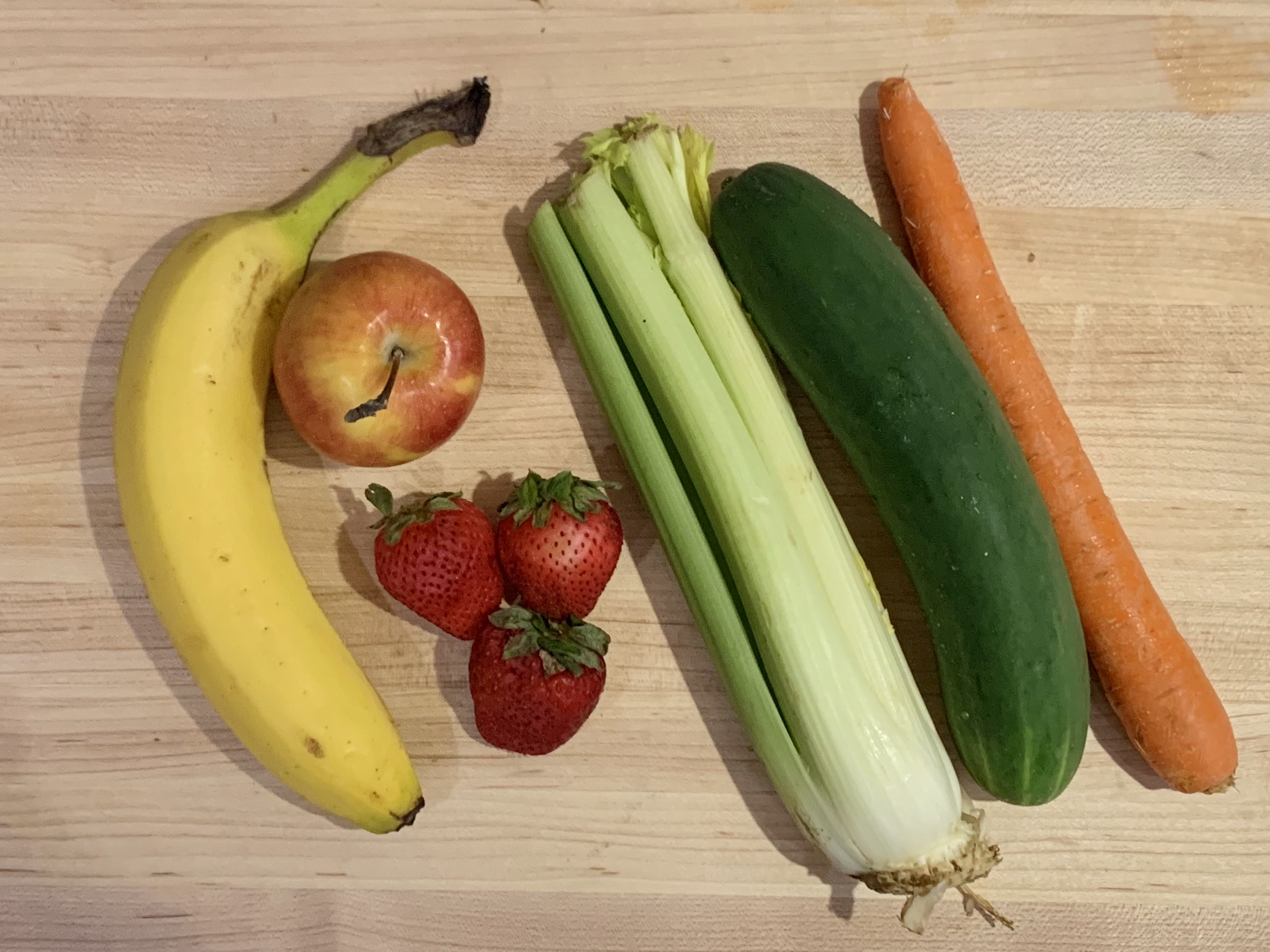“Get Mommy some juice," I told my 6-year-old as I sat on the cold kitchen tile trying to hold myself together.
I felt dizzy. It was almost an out of body experience.
The world started to move slowly around me, my words slurred, and I knew I was in trouble.
My blood sugar had dropped dangerously low. My daughter, oblivious to the situation, offered me her juice box.
I broke down and cried. I never wanted my kids to see me this way, ever.
The diagnosis
That moment happened years ago, but I remember it like it was yesterday.
I was diagnosed with Type 2 diabetes when I was in my twenties. Since then, my diagnosis has been a roller coaster ride of good days and bad days. But until I addressed the shame that came with being diabetic, I was never fully in control of my diabetes.
I found out I was diabetic during a required physical before starting a job as a preschool teacher after graduating college. I remember the doctor asking me how long I’ve been diabetic.
What?
I hadn't realized being tired all the time was not a result of studying all night in college, but was a symptom of diabetes.
What is diabetes?
There are two types of diabetes.
Type 1 diabetes is also known as juvenile diabetes because it typically appears during childhood or adolescence, but has also been known to develop in adults. Type 1 diabetics have a pancreas that produces little or no insulin, a hormone we need to allow sugar to enter our cells and produce energy. Treatment for Type 1 diabetics focuses on managing blood sugar levels with insulin, diet, and lifestyle to prevent complications.
Type 2 diabetes, the kind I have, is the most common form of diabetes. Type 2 diabetics' blood glucose, or blood sugar, levels are too high. Depending on the person, that blood sugar can be controlled through healthy eating and exercise, medication or insulin.
Diabetes can affect every family member and every ethnicity. Diabetes symptoms are easy to miss. They could be mistaken for other things — like being tired from too much studying.
Possible diabetes symptoms to watch out for include:
- Increased thirst
- Unintentional weight loss
- Fatigue
- Irritability or behavior changes
- Sweet-smelling breath
- Frequent urination
Adjusting to life as a diabetic
Every change in my life presented new challenges to being diabetic. Each of my pregnancies was considered high risk. Things like stress from a new job, moving, and the death of a parent, have all caused my blood sugar to shoot through the roof.
 Annie Young Annie Young |
I have conquered my shame of having diabetes because even though having diabetes isn't my fault, there's this unspoken (and sometimes spoken) blame if my sugars are not what it is supposed to be. Sometimes it feels like diabetics are always judged on what they eat.
Conquering that shame means I'm much more open to explaining my diabetes to my friends and family. Now my children know what to do if they see me in a diabetic episode. I have found being open and honest with my family helps me mentally and I can say that their support motivates me to stay on track with my blood sugars.
Tackling diabetes takes effort, support, and a team consisting of a nutritionist, a diabetic specialist, my doctor, and sometimes a therapist or support group. I learned not to let diabetes control me, but it’s a daily lesson with lots of mistakes and failures. My goal is to take a step in the right direction every day.
 |
Resources
If you have more questions or need more information about diabetes, here are some great resources I have found helpful:
- American Diabetes Association
- Healthy Recipes for Diabetics
- More Healthy Recipes
- Juvenile Diabetes Research Foundation
Annie Young, pictured in the lead image of this story with her children, is the publisher of Macaroni Kid Santa Ana and Macaroni Kid Newport Beach-Costa Mesa, Calif.



